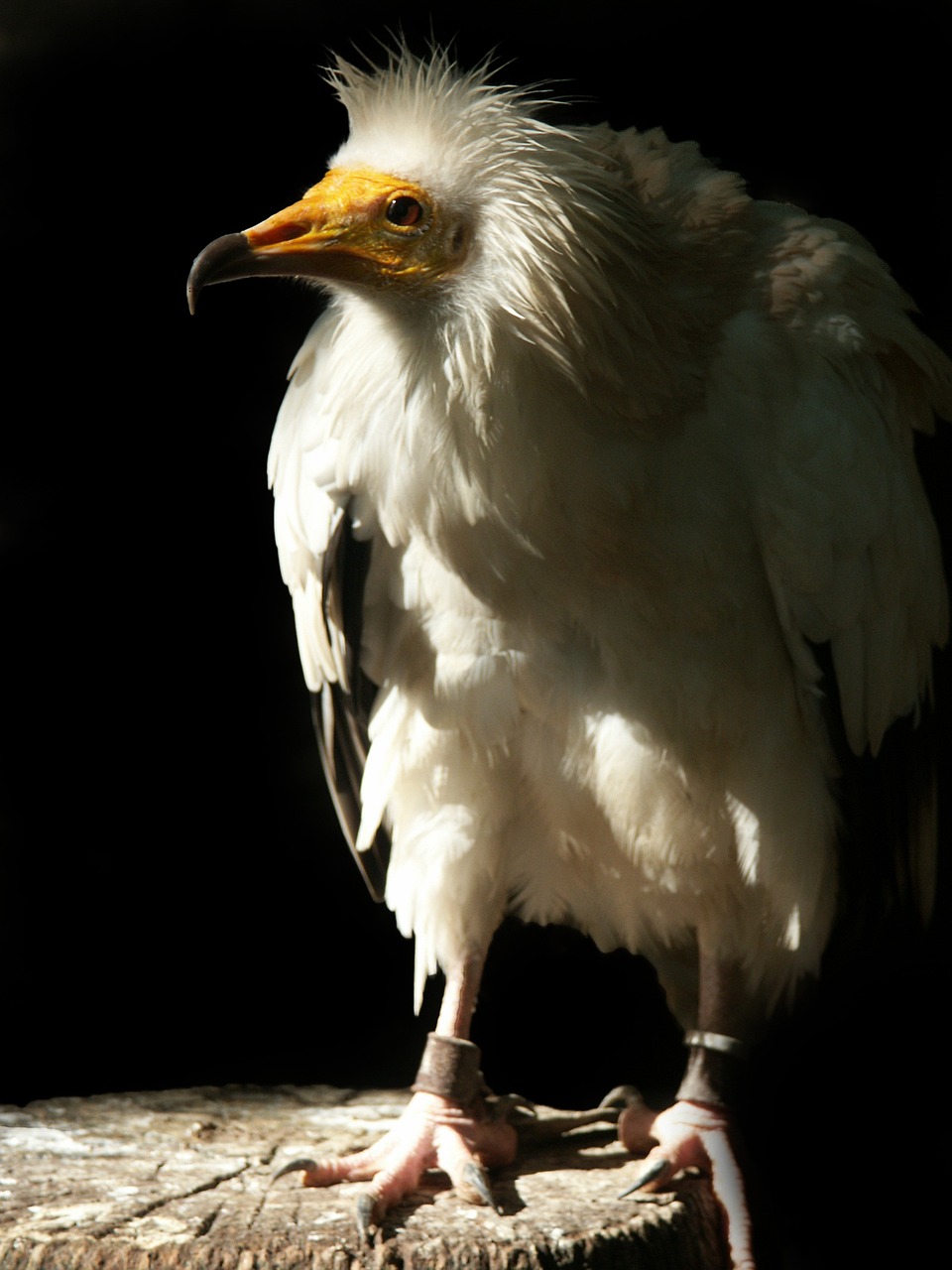In the mythology of ancient Egypt, few deities evoke as much fascination and fear as Ammit, the grim Devourer of Hearts. This unique goddess, a terrifying blend of three formidable creatures—a lion, a hippopotamus, and a crocodile—played a crucial role in the ancient Egyptians’ beliefs surrounding the afterlife.
Ammit: The Deity of Retribution
Ammit occupies a distinct position among the gods of ancient Egypt. Unlike most deities revered for blessings such as fertility, love, or warfare, she was a figure to be feared. Ammit was not involved in bestowing favor; instead, she presided over the judgment of souls in the afterlife. Her very existence served as a stark reminder of the dire consequences awaiting those who lived unjust lives. The name “Ammit,” which translates to “Devourer of the Dead” or “Eater of Hearts,” encapsulates her fearsome role in the afterlife beliefs held by the ancient Egyptians.
The Hall of Ma’at and Ammit’s Role in Judgment
The ancient Egyptian belief system is a rich mosaic of deities and celestial processes. At the center of this is the Hall of Ma’at, where the deceased underwent their final judgment. Named after the goddess symbolizing truth, balance, and justice, this realm served as a sacred courtroom where the hearts of the departed were meticulously weighed against their actions during life.
Ammit and the ‘Weighing of the Heart’
Ammit’s significant function came during the ‘Weighing of the Heart’ ceremony, a critical rite in the journey of the soul. This ritual was more than mere theatrics; it was a profound test of moral integrity that determined the soul’s eternal fate. In this ceremony, a heart was placed on one side of a scale, with a feather representing Ma’at on the other. The scales illustrated the individual’s moral balance. If the heart and feather were evenly matched, it indicated a life of virtue, granting the soul passage to the Field of Reeds, an idyllic paradise of eternal peace. Conversely, if the heart outweighed the feather, it revealed a life filled with sin, resulting in the frightening retribution from Ammit.
Ammit: The Executioner of Punishment
Standing vigilant, Ammit would consume the hearts that were deemed unworthy due to their sinful weight, representing more than just a physical act of devouring. It signified the total obliteration of the soul—an existence nullified, a fate worse than mere death. This embodiment of ultimate retribution served as an ominous reminder of finality in judgment and the concept of ‘second death.’
The Distinctive Appearance of Ammit
Representing an amalgamation of Egypt’s most dangerous beasts, Ammit’s appearance played a key role in her character. Her crocodile head symbolized assertiveness and strength, epitomizing the unforgiving nature of her task. The lion’s torso represented courage and authority, mirroring her control over the judgments taking place in the Hall of Ma’at. Interestingly, her hippopotamus lower body introduced a fascinating dichotomy—symbolizing regeneration and the idea of rebirth, while also reinforcing her role as a fearsome force of judgment.
A Deterrent Against Immorality
Ammit’s functions influenced not just the dead but the living as well, serving as a chilling reminder of divine justice and retribution. Her intimidating likeness and daunting reputation acted as a powerful deterrent for those who strayed from moral paths. The fear of Ammit embodied the ancient Egyptians’ conviction that divergence from righteous living would incur severe consequences, thereby encouraging adherence to ethical principles in everyday life.
The Symbol of Divine Justice
Ammit’s role as the eater of sinful hearts made her a fundamental symbol of divine justice. The ancient Egyptians venerated the principles of Ma’at, and any deviation from these precepts was seen as a disturbance in cosmic order, deserving of retribution. Ammit became the embodiment of this punishment, representing a crucial aspect of maintaining moral order.
Conclusion: The Significance of Ammit in Egyptian Culture
In her formidable presence, Ammit played a vital role within ancient Egyptian religion and cultural ethics. Serving as a constant reminder of the repercussions associated with immoral behavior, she reinforced the significance of justice and balance, shaping the moral compass of society. Through her dual role as punisher and enforcer of cosmic order, she emphasized the need for virtue, contributing unmistakably to the moral backbone of ancient Egyptian civilization.



